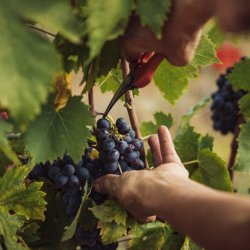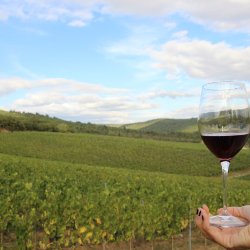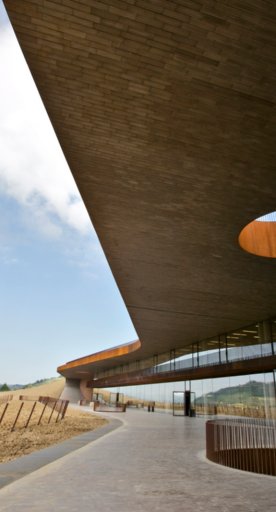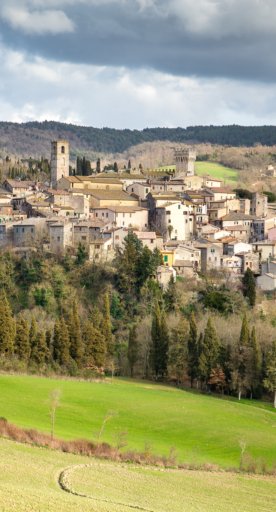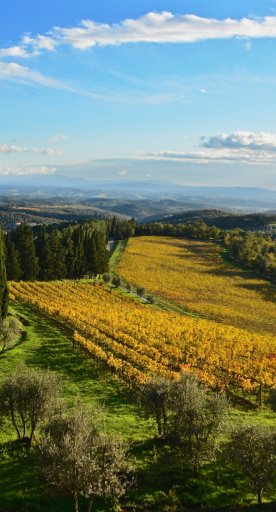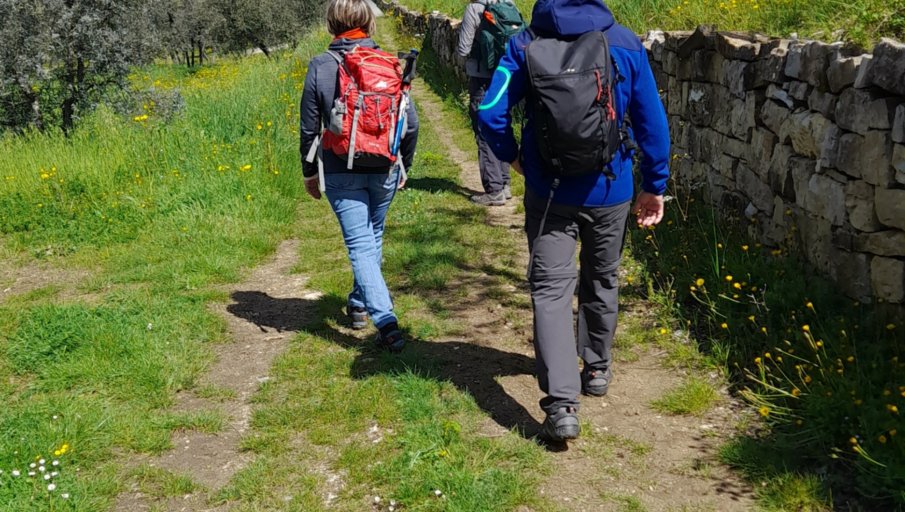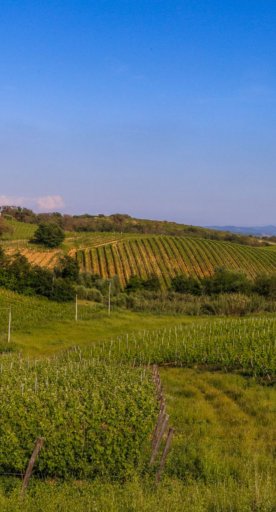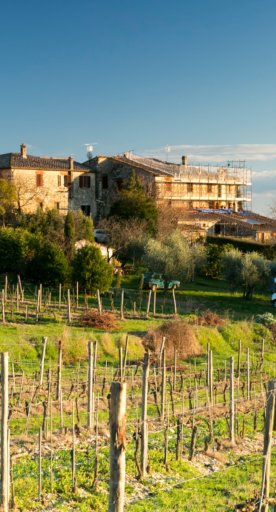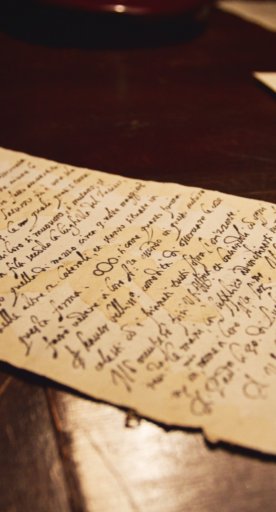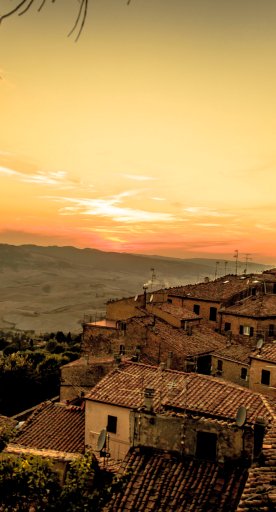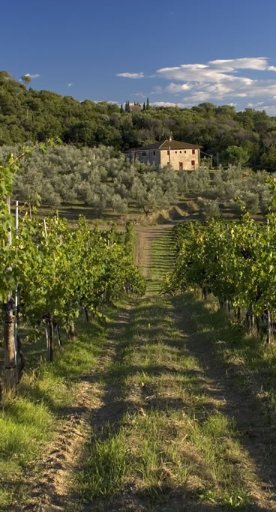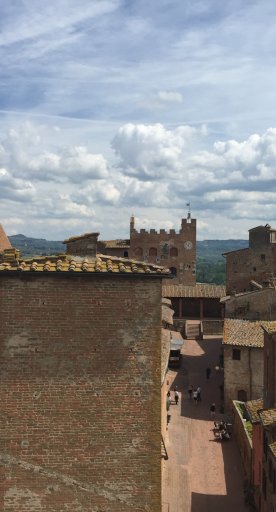
Tastings in the castle, with history and great wines
Where wine tradition merges with history
The meeting between centuries of history and the art of wine leads to unique experiences. In some Tuscan castles, it is possible to taste fine wines, explore ancient wine cellars and experience moments of authentic beauty. Each castle tells stories of passion and dedication, offering an opportunity to discover Tuscany in an unforgettable way, within thousand-year-old walls and traditions handed down for generations.
Here are some inspiring ideas!
-
1.Chianti
-
2.Val d'Orcia
-
3.Florentine Area and Lands of Pisa
-
4.Maremma
Chianti
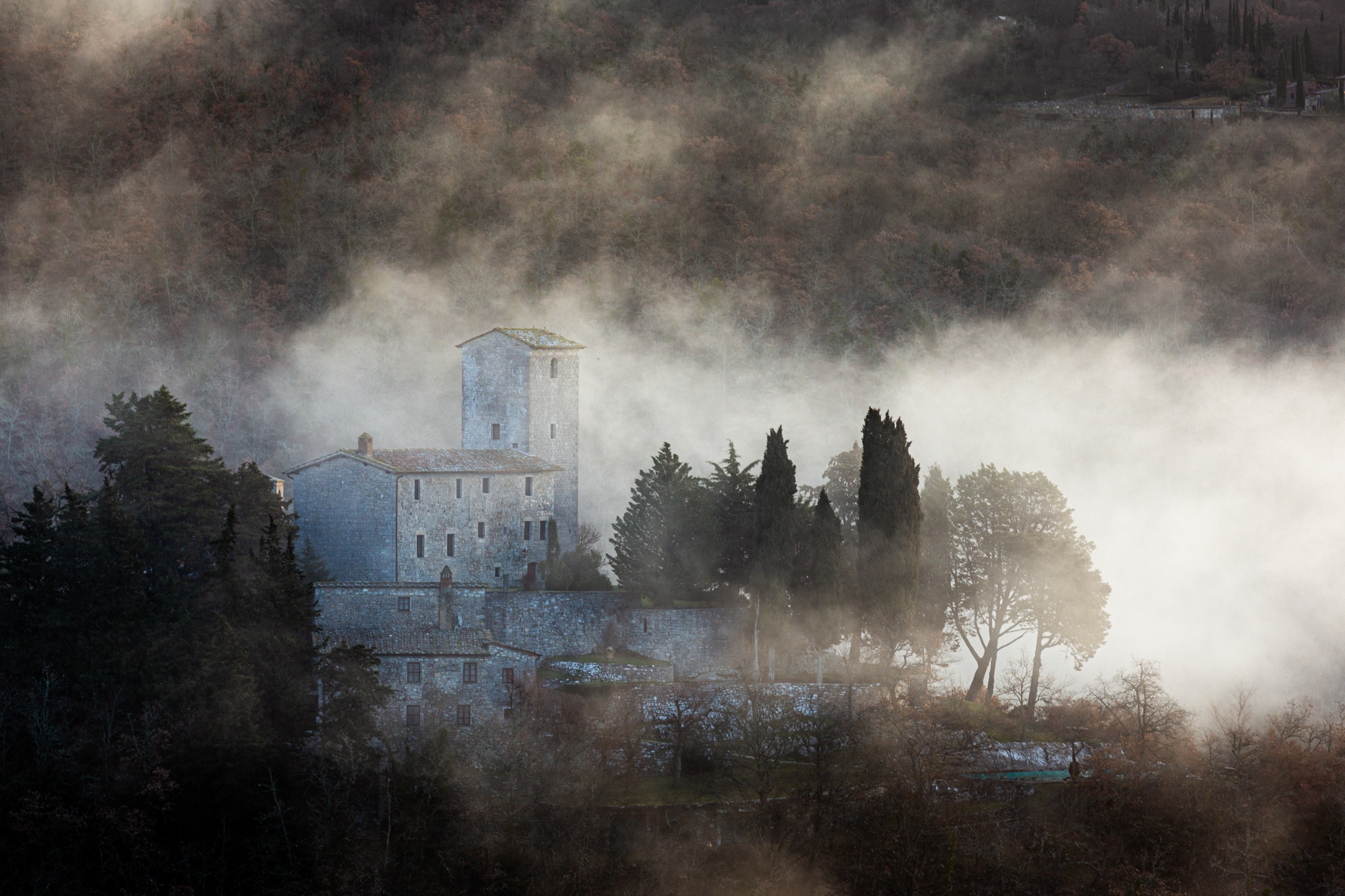
Chianti, a land of centuries-old wine tradition, offers various experiences for wine lovers who want to learn about and taste the famous Chianti Classico wine.
We can map out an ideal itinerary starting from Brolio Castle - Gaiole in Chianti - dating back to the 11th century and known for its imposing structure that embraces the surrounding hills.
The Ricasoli family has been linked to wine since 1141, when Brolio Castle became their property. After centuries of defense and dominion, they turned to agriculture and vineyards, sensing the potential of the area. Thanks to Baron Bettino Ricasoli, the Chianti wine formula, today’s Chianti Classico, emerged in 1872.
Meleto Castle, one of the oldest in the area, is a short distance away. The estate includes more than 1,000 hectares of land and the center of production is not focused solely on the quality of the wines but on also environmental sustainability. Standing on a hilltop, the castle once controlled access to Gaiole and towards Valdarno.
Continuing south, at Greve in Chianti, we come to the Castle of Verrazzano, which has an ancient wine tradition and olive groves described as early as 1150.
In the 7th century, the castle became the property of the Verrazzano family and it was here, in 1485, that the explorer Giovanni da Verrazzano was born. He discovered the bay of today’s New York and most of the East Coast of the present-day United States. New York City is home to the famous suspension bridge between Brooklyn and Staten Island, named after him in 1964.
Continuing south, a few kilometers from Radda in Chianti, the Albola Castle stands out against the surrounding hills.
Owned by the most important and noble Tuscan families - among whom the Samminiati and Pazzi families - Albola Castle produces some of the most prestigious Chianti Classico wines.
Continuing through the hilly area towards Castellina in Chianti, another symbolic village in the area, we find the castle of La Leccia. It has been mentioned in historical sources since 1077, when the nobleman Rodolfo di Guinzo bought a part of it, and it has always been important for its strategic location. By the mid-1400s, the Ricasoli family’s rule also included the Castle, as with much of the Chianti Classico territory.
Here, the vineyards are spread over five different areas around the central nucleus of the castle at altitudes ranging from 300 to 500 meters.
Val d'Orcia
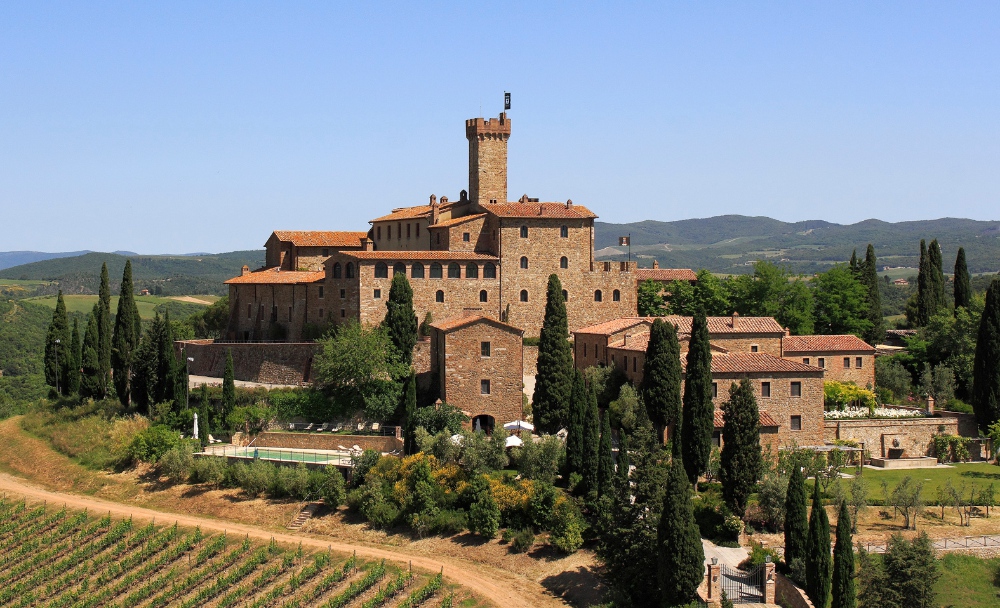
Val d'Orcia is a land that tells us about centuries of wine tradition and history. Known for its incredible landscapes, it is one of the most emblematic wine production areas, where ancient traditions are intertwined with a strong wine culture.
The many castles dotted across the area bear witness to a rich and captivating past and invite you to discover the history behind every stone and every vineyard.
Banfi Castle is located in the town of Montalcino and dates back to the 9th century, with its first official mention in 1318.
Today, the castle contains a luxury hotel, restaurants and a wine shop and is known for its wine cellars and the quality of the wines it produces. The historical significance of the place is evident in its medieval charm, which is still intact and intertwined with an internationally renowned wine tradition.
Also in the municipality of Montalcino, about 1 km from the historic center, stands Tricerchi Castle, dating back to the 14th century. Its Gothic architecture and position dominating the valley make it a symbol of the power of the noble families who inhabited it and, today, it is still an important point of reference for local history and for wine production in the area.
Florentine Area and Lands of Pisa
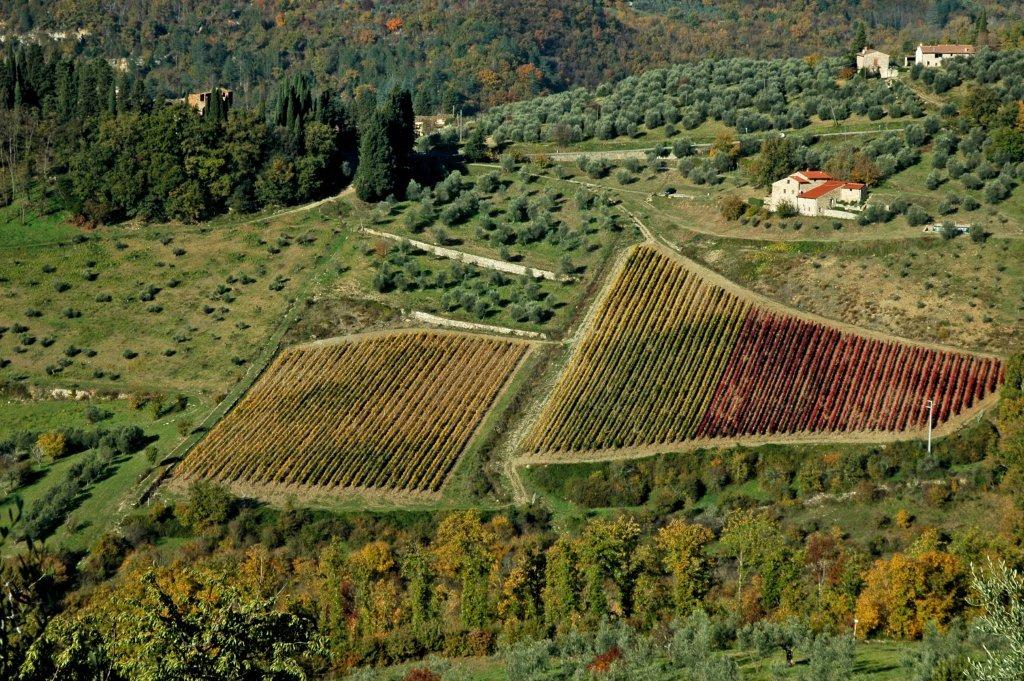
The history of the city of Florence and its noble families has always been intertwined with that of wine. This area is known for its beauty and the quality of its wines and offers a journey through centuries-old castles and vineyards that have made wine-growing history.
Let's start with Trebbio Castle, about 20 kilometers from Florence, in the municipality of Pontassieve, dating back to the 12th century. An evocative estate in a typical Tuscan landscape, which combines the history of the city of Florence with the great industriousness of its territory. Its fortified architecture has witnessed historical events linked to noble Florentine families and, today, it is an important center of wine production, where past and present meet each other.
Nipozzano Castle, located amidst the hills and vineyards of Chianti Rufina, 20 kilometers from Florence, offers you the pleasure of experiencing and discovering the most authentic Tuscany. The castle is surrounded by olive groves and vineyards and you can visit its ancient basements, where you will find the Frescobaldi family’s private wine cellars and taste the wines made on the estate.
Sonnino Castle, in the town of San Miniato, about 40 kilometers from Florence, dates back to the 13th century. It is a perfectly preserved historical wine estate that looks out onto the hills and also has a perfectly preserved tower.
In the 19th century, it was the residence of politician and statesman Sidney Sonnino, who hosted prominent figures such as Francesco Crispi and Giovanni Giolitti within its walls.
Maremma
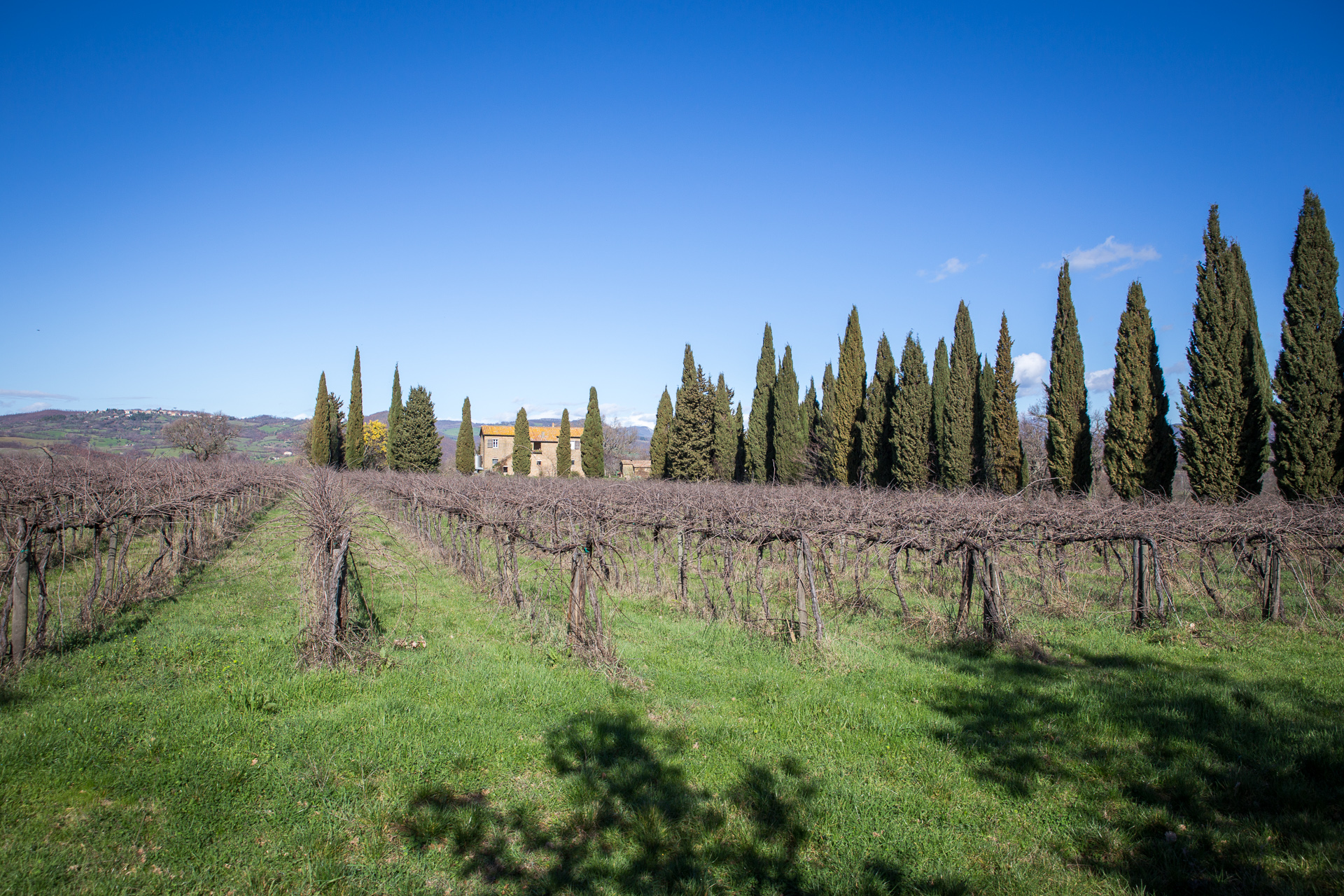
Maremma is a land of contrasts, where wild nature merges with tradition. This area has witnessed the growth of modern and dynamic wine-growing embedded in a rich and captivating historical context.
Maremma’s castles and wine estates offer you an opportunity to fully enjoy a unique experience, with ancient noble residences and landscapes that have witnessed the birth of some of Tuscany's most prized wines.
Montepò Castle is a medieval building that, despite undergoing several transformations over the centuries, has retained its charm and its role as guardian of the valley.
Today, it has one of the leading wine cellars in Maremma, with strong ties to the local wine-making tradition.
Colle Massari, located at the foot of Monte Amiata, in the municipality of Cinigiano, is not just a medieval castle but also an ancient fortified village, founded by Cistercian monks and by the hospital of Santa Maria della Scala of Siena in the 8th century.
Originally part of an agricultural system between Siena and Maremma, the castle was one of twenty-two centers - granges - established to manage agriculture: the term massaro (sharecropper) indicated the person responsible for the agricultural organization.
What’s nearby?

